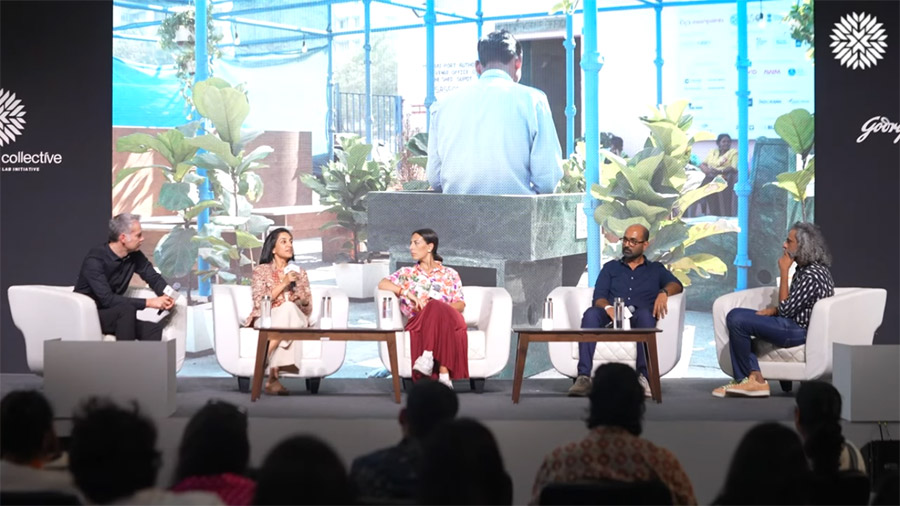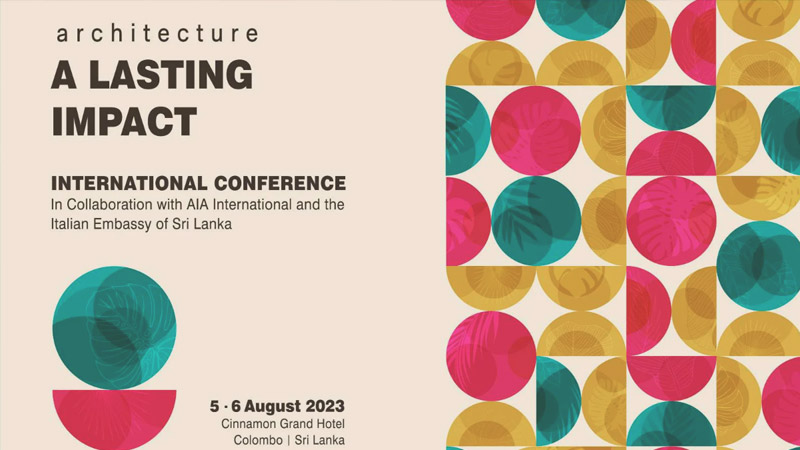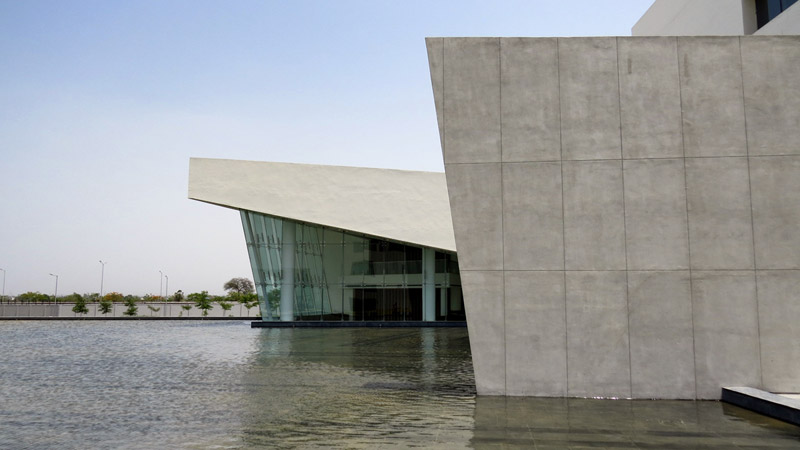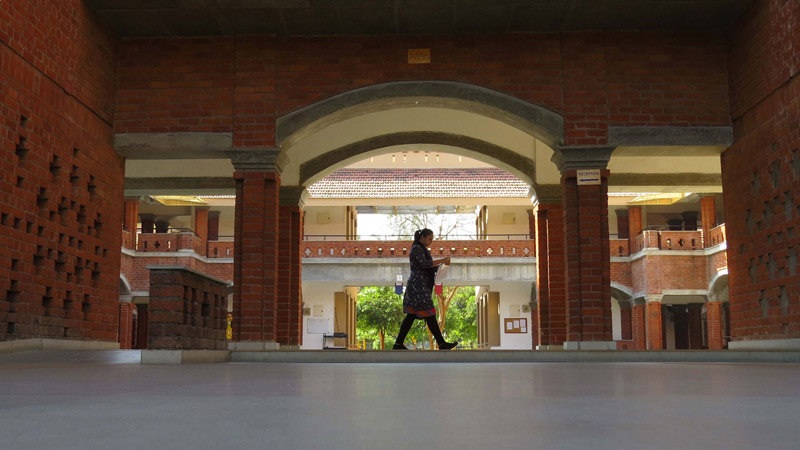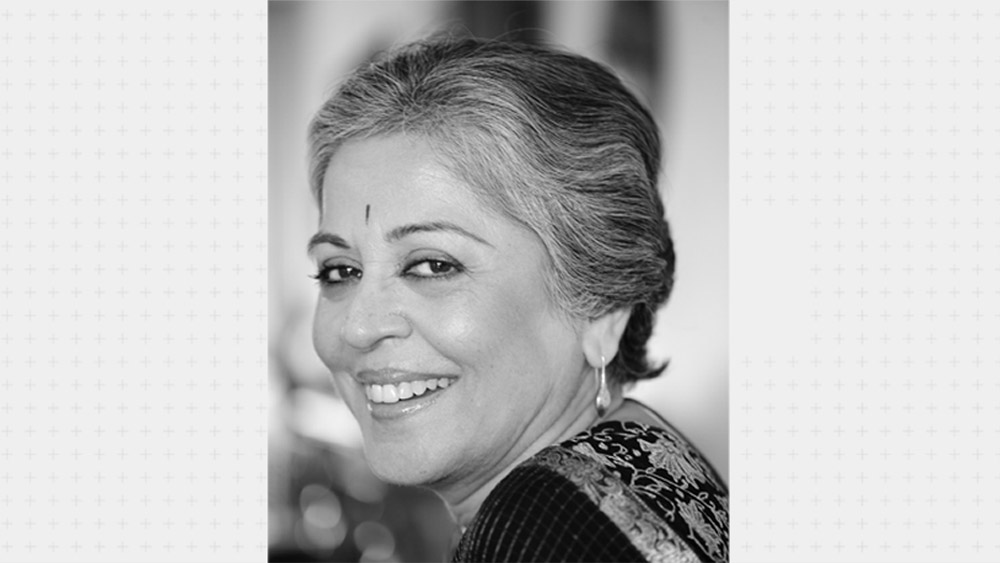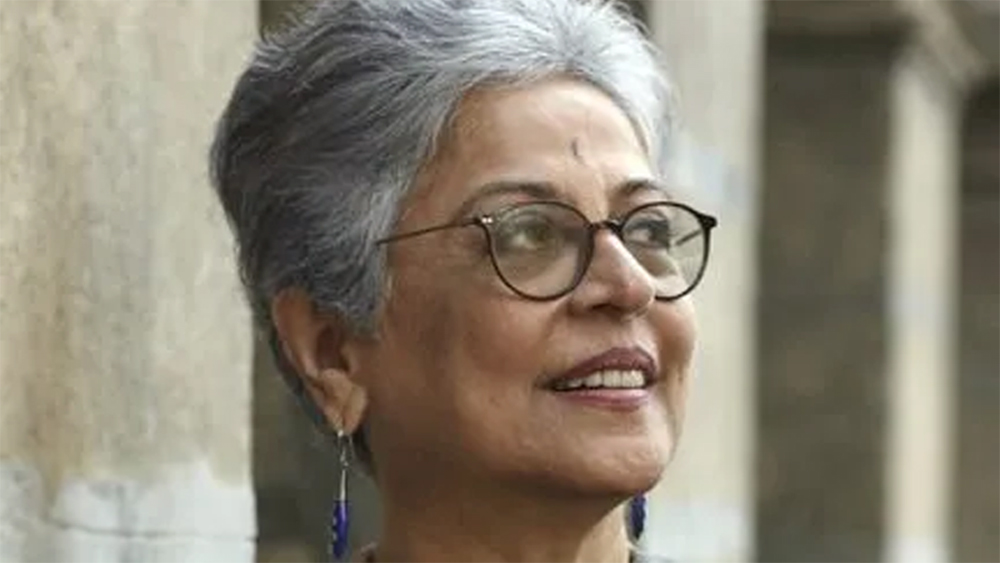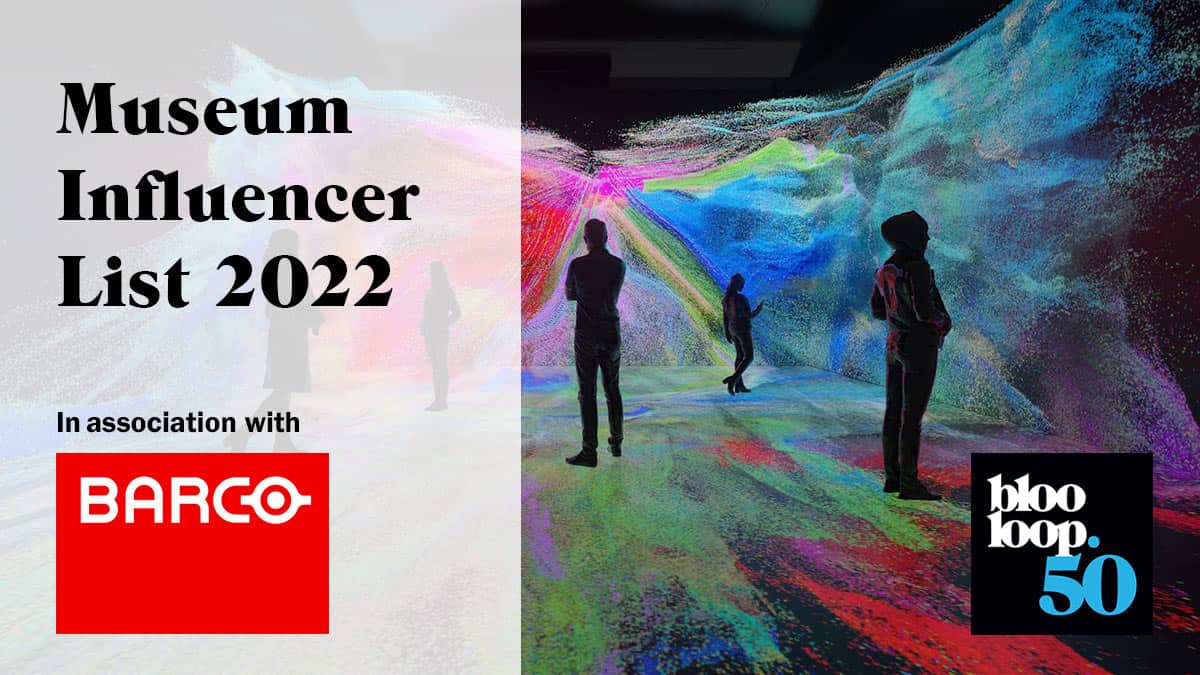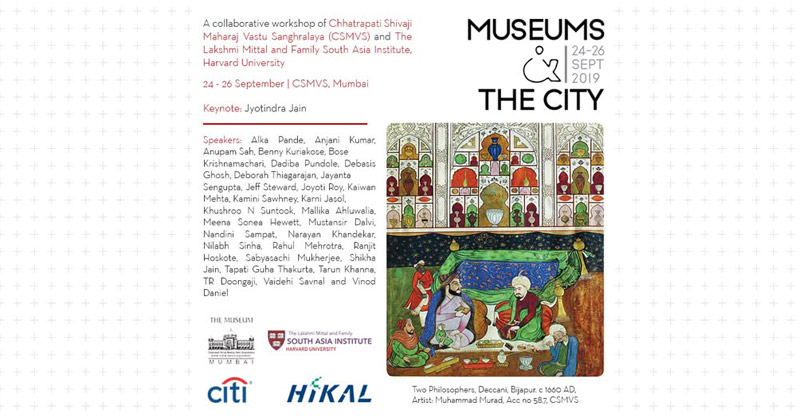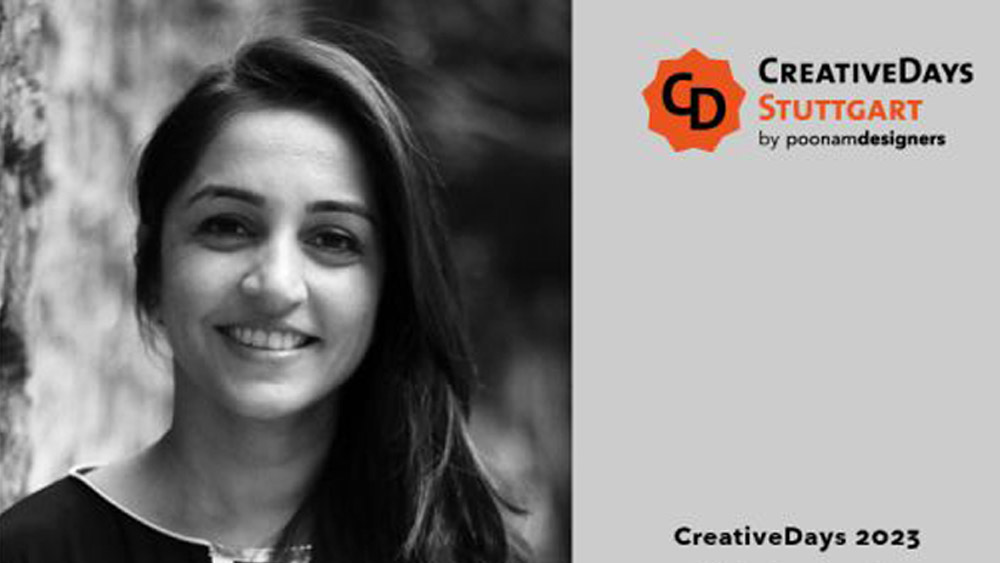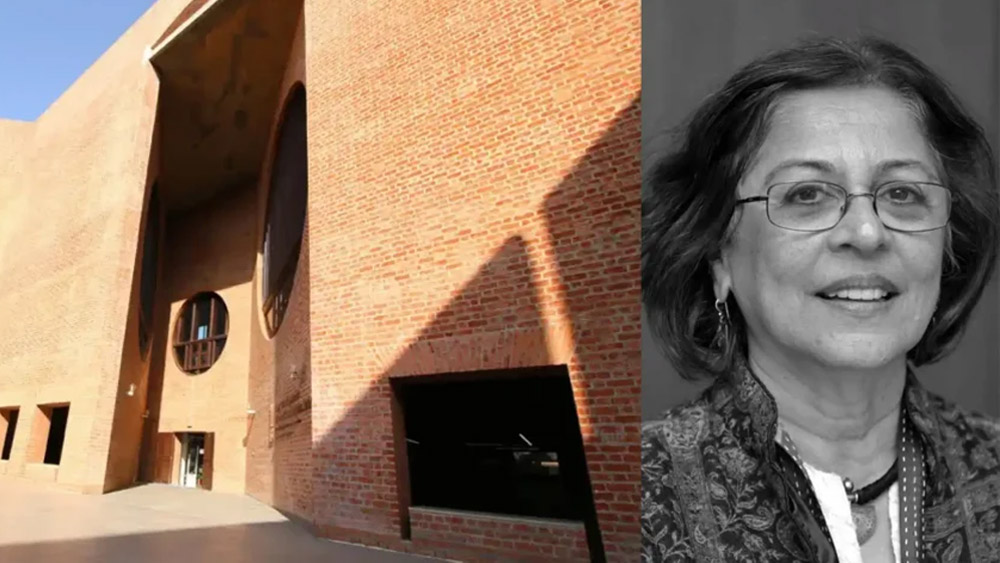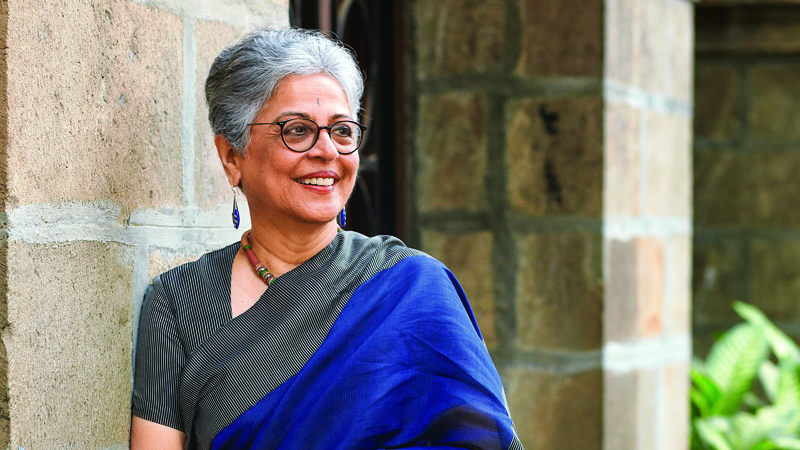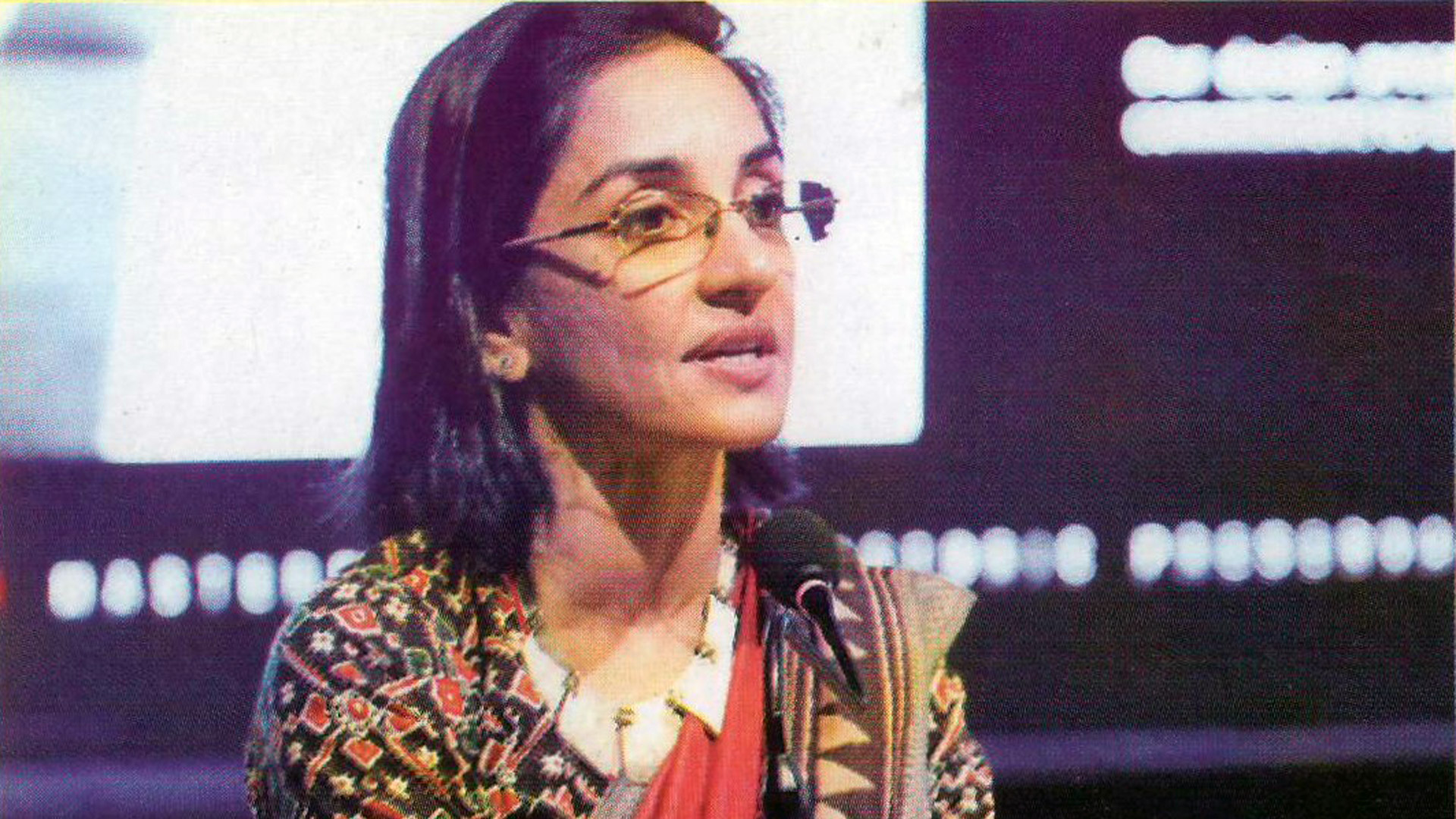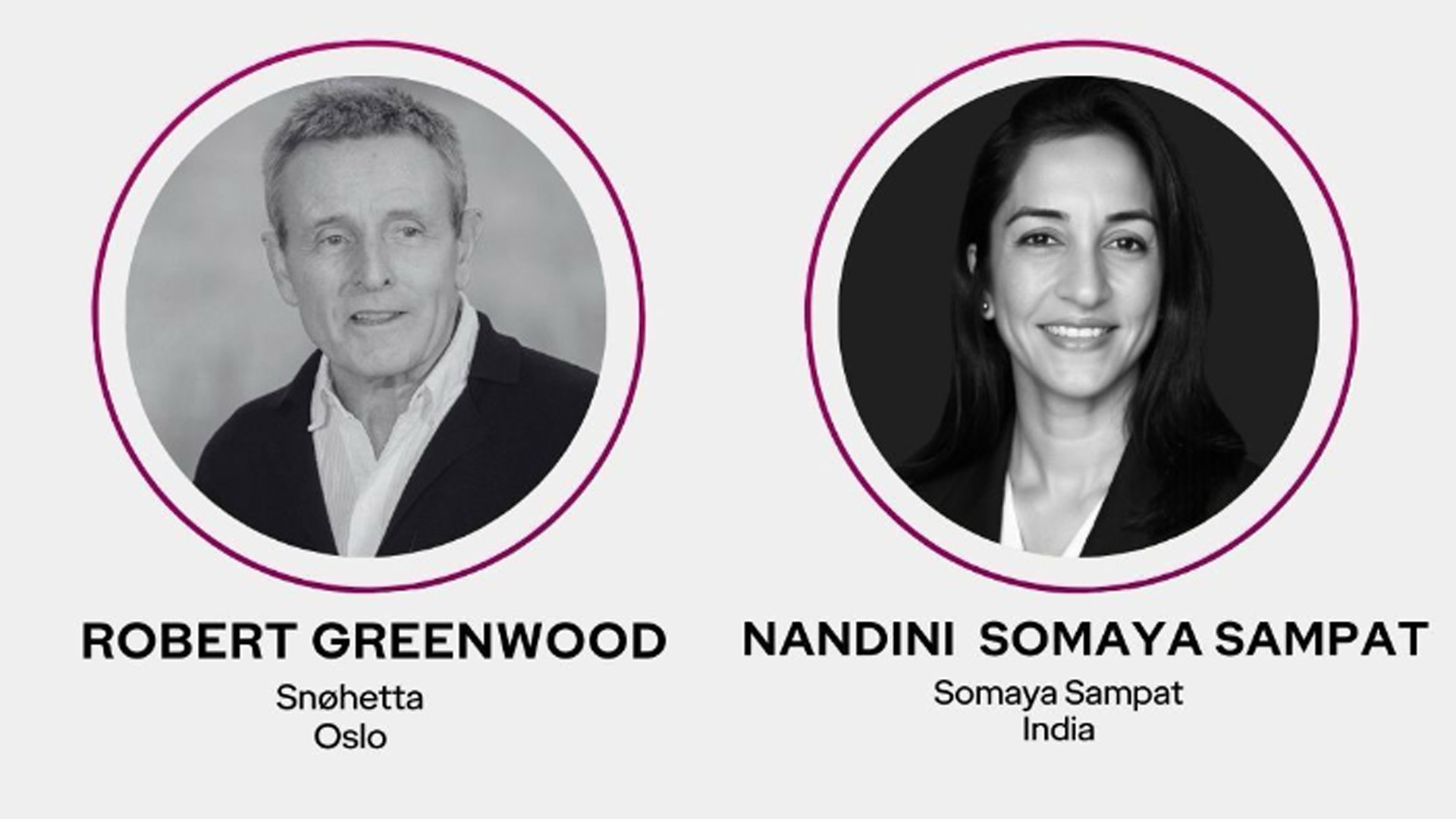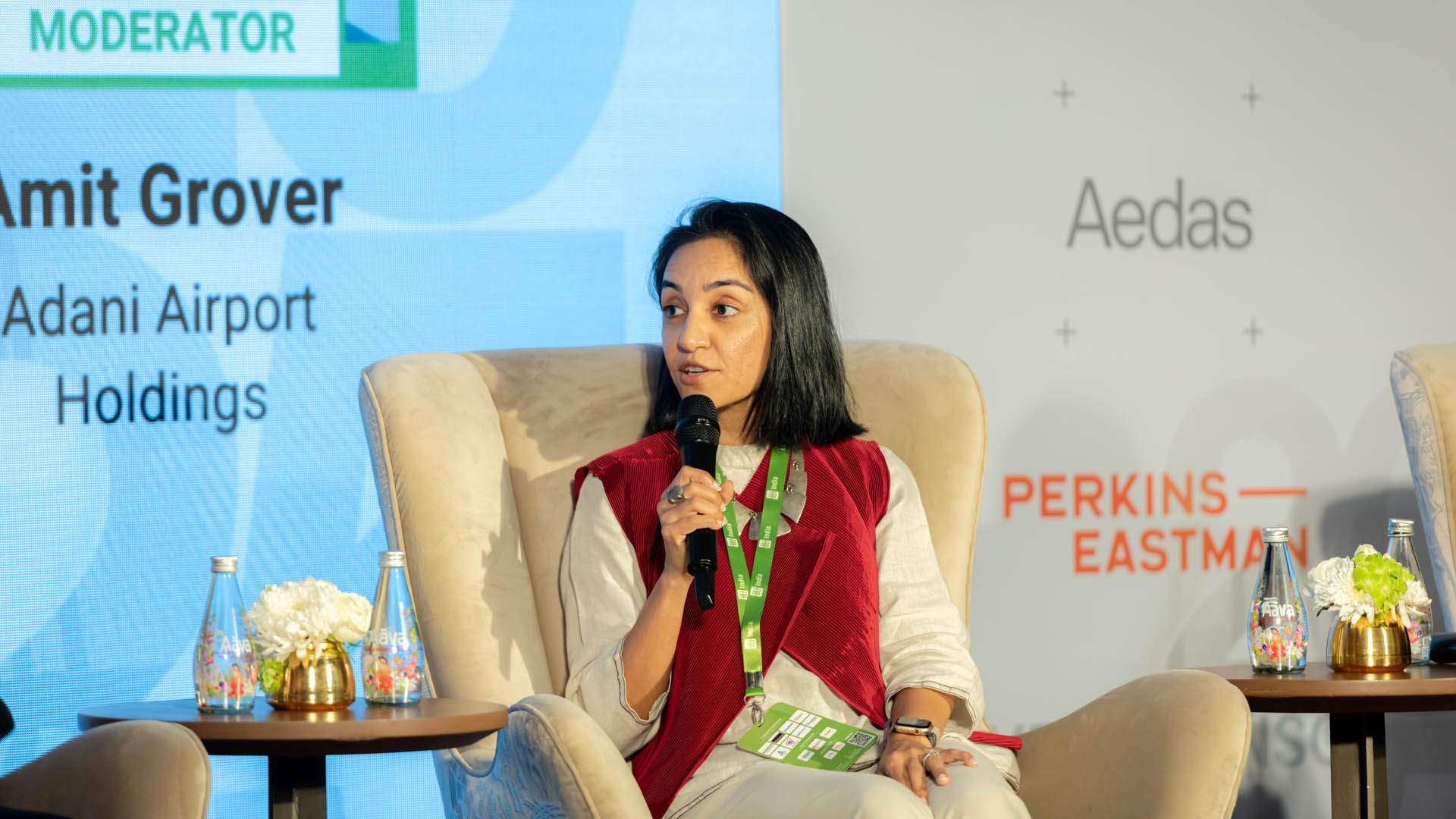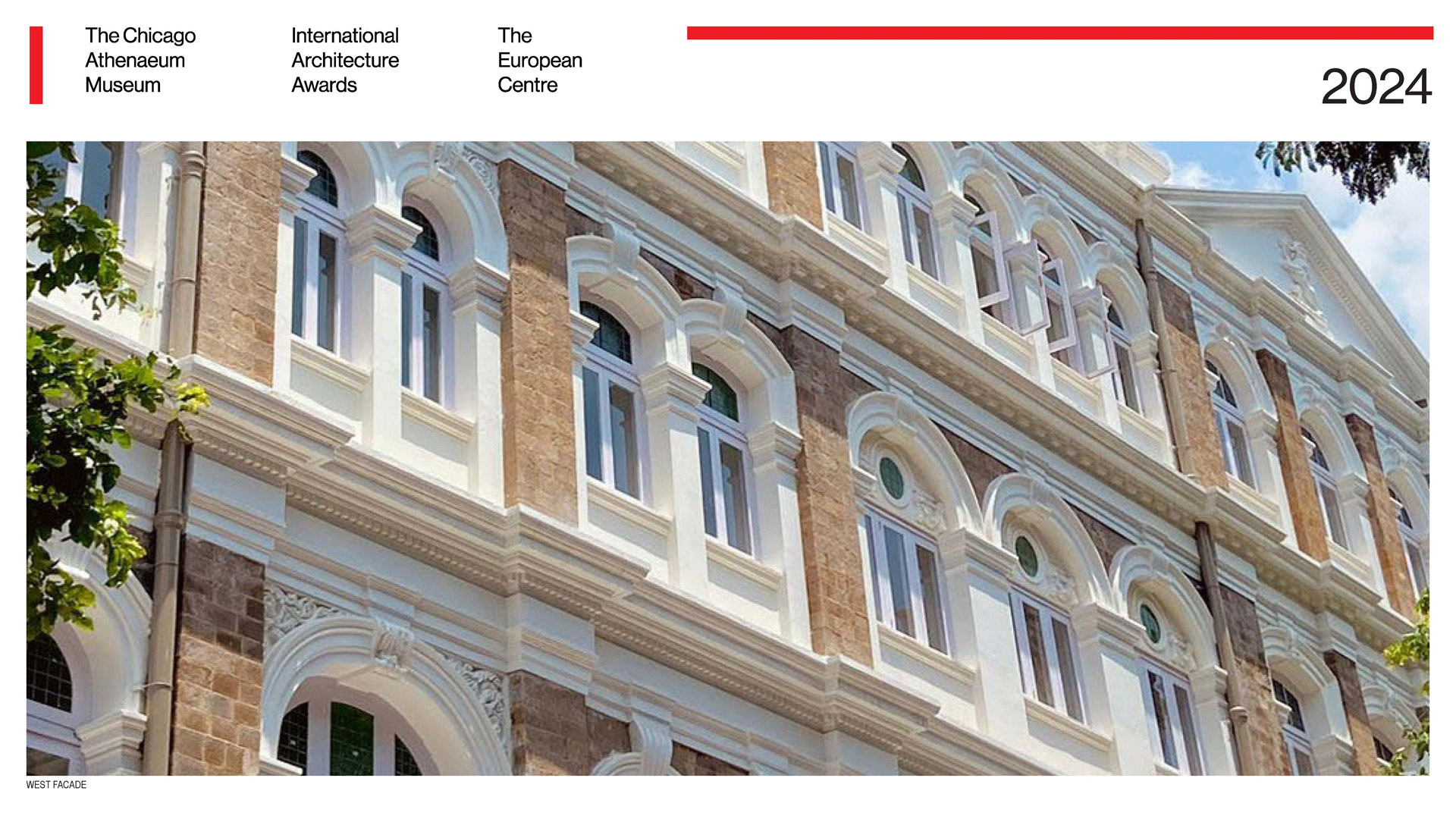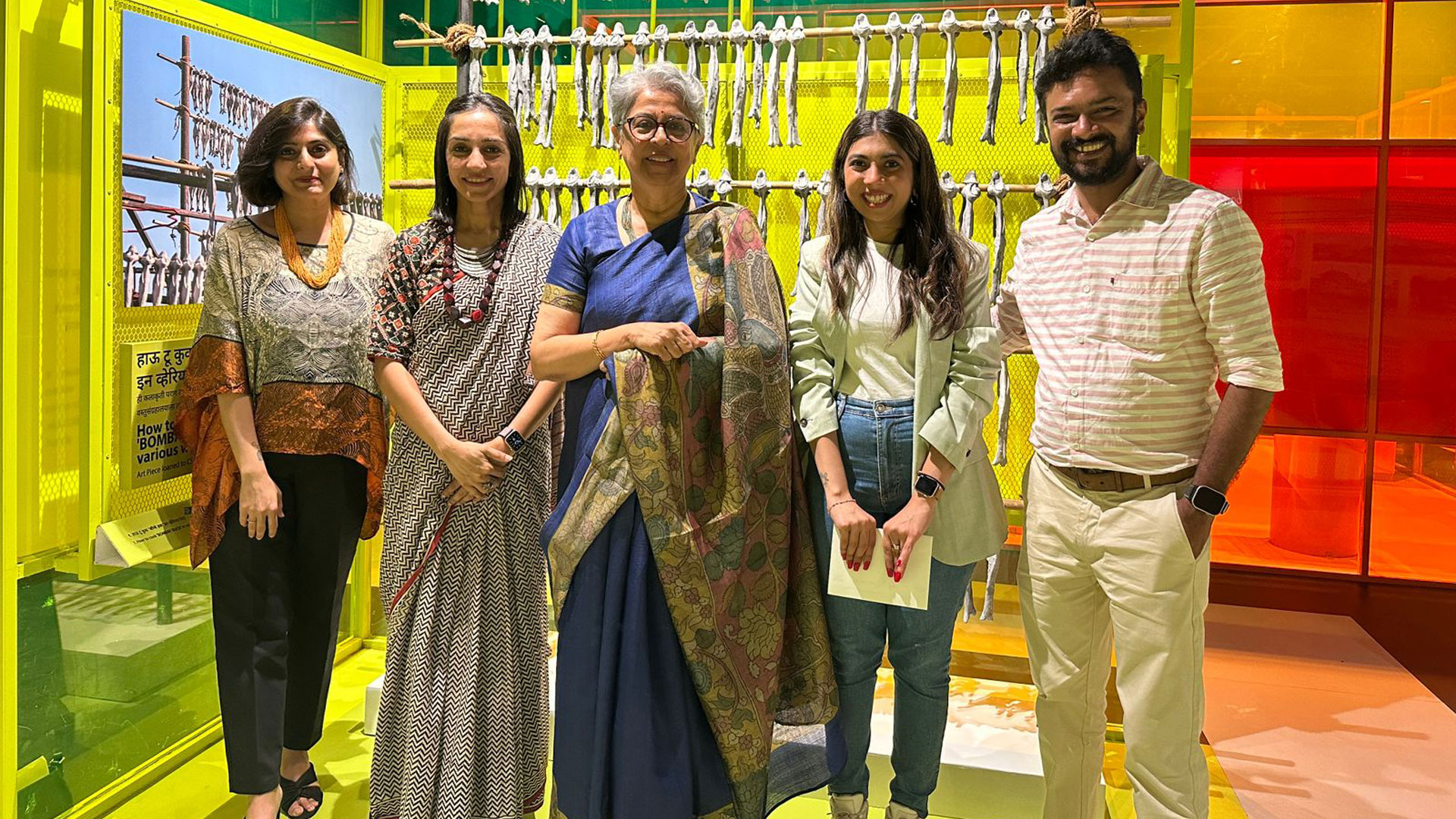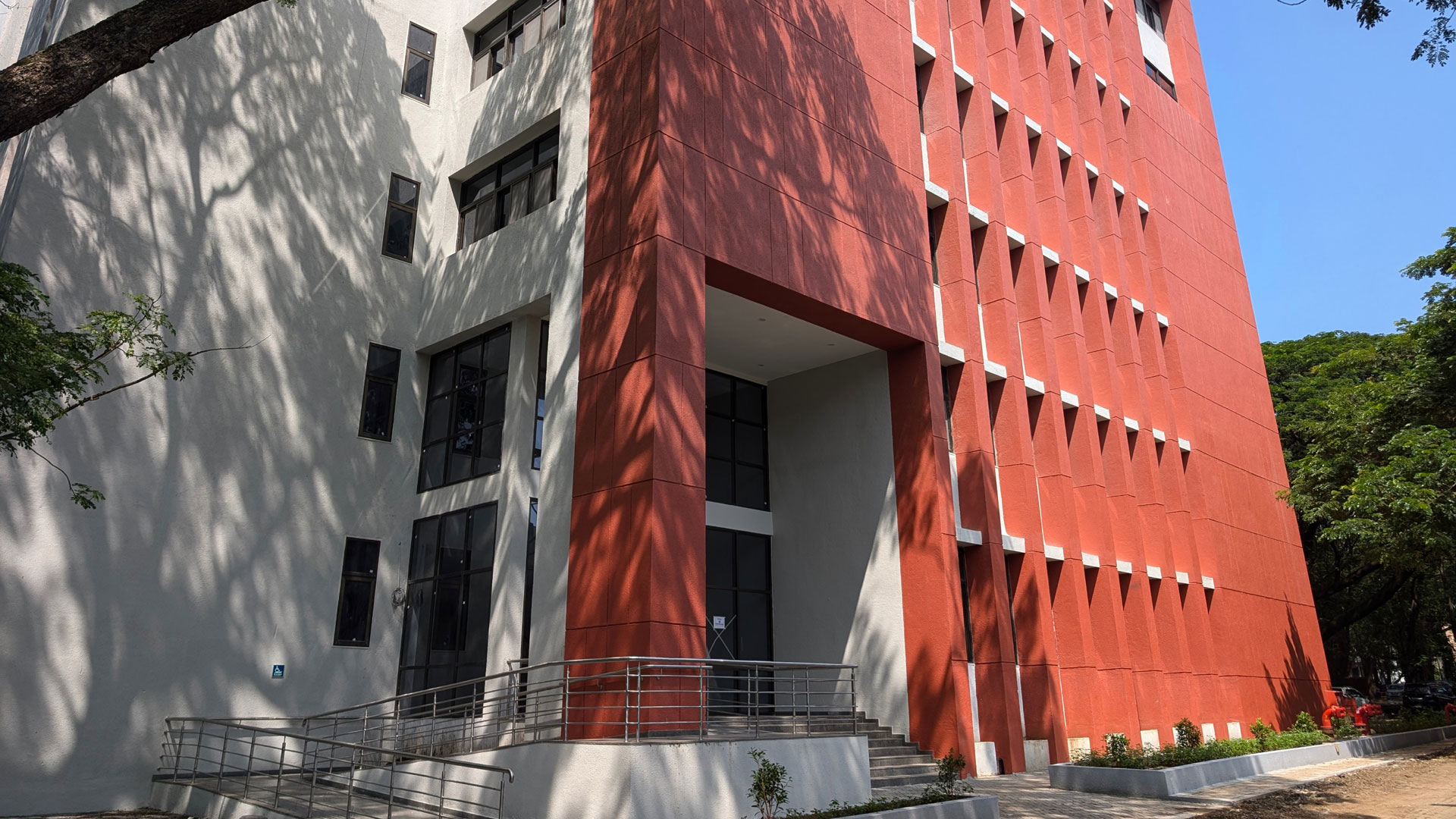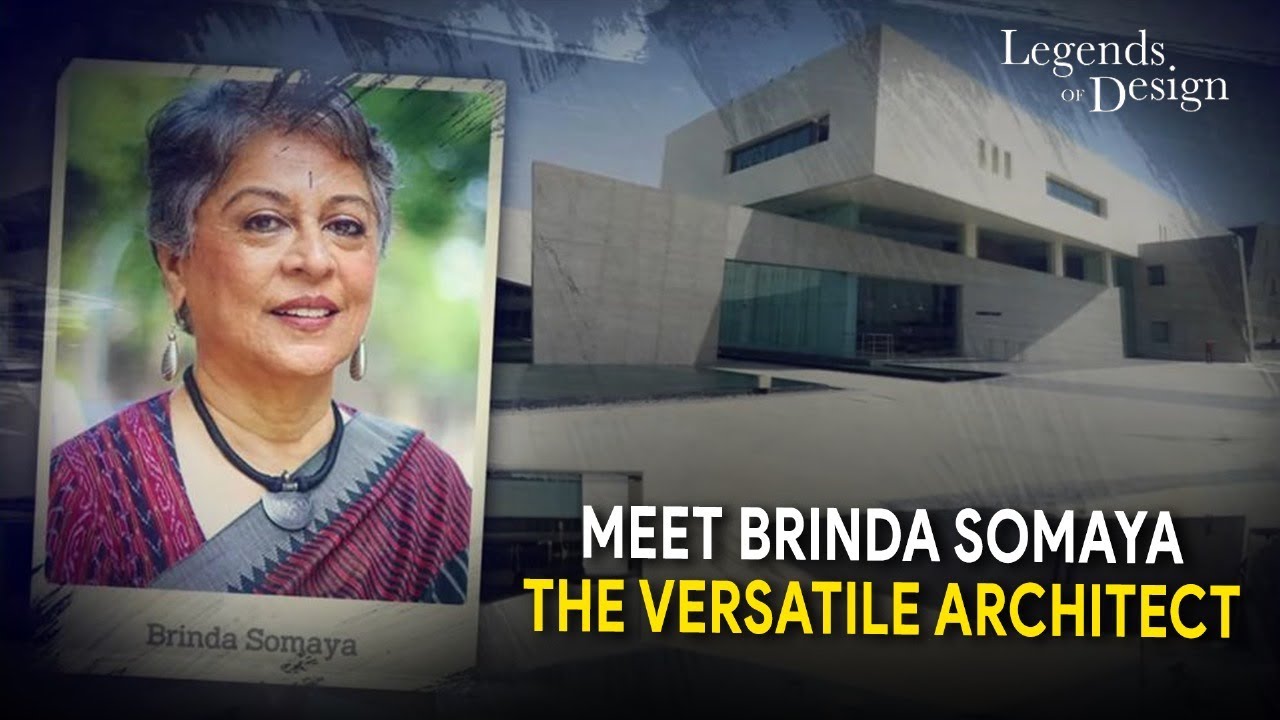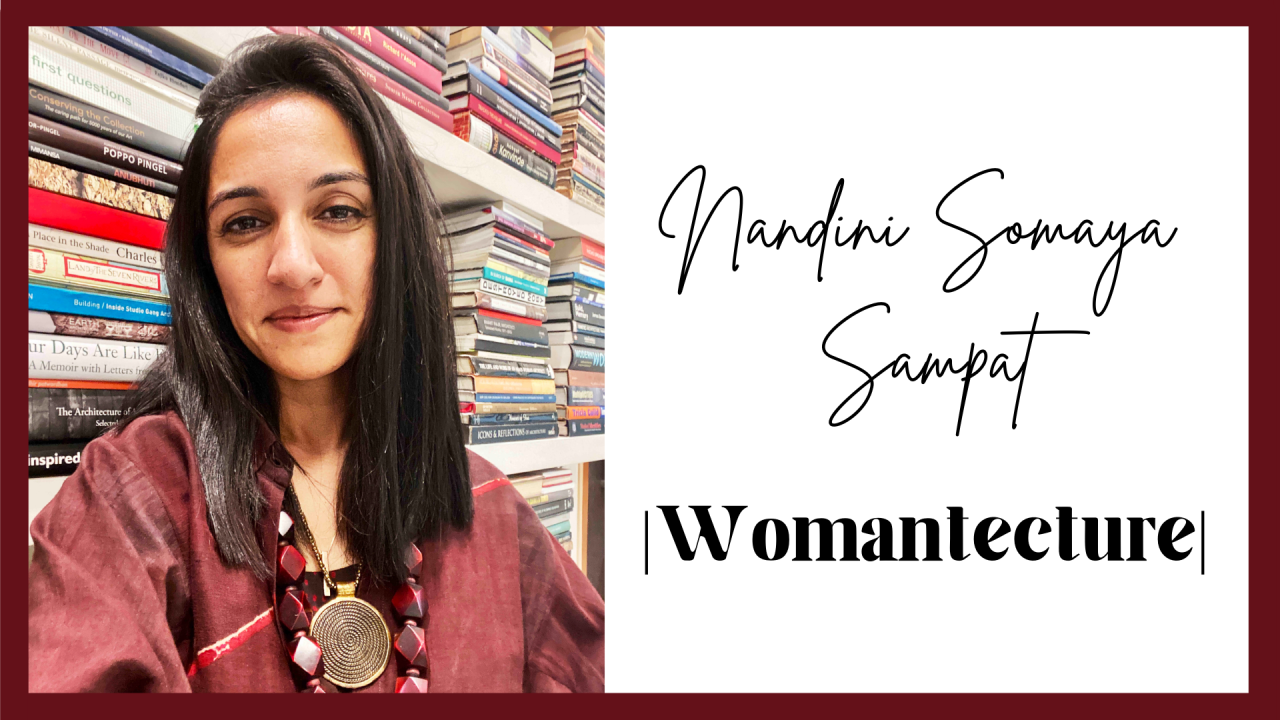-
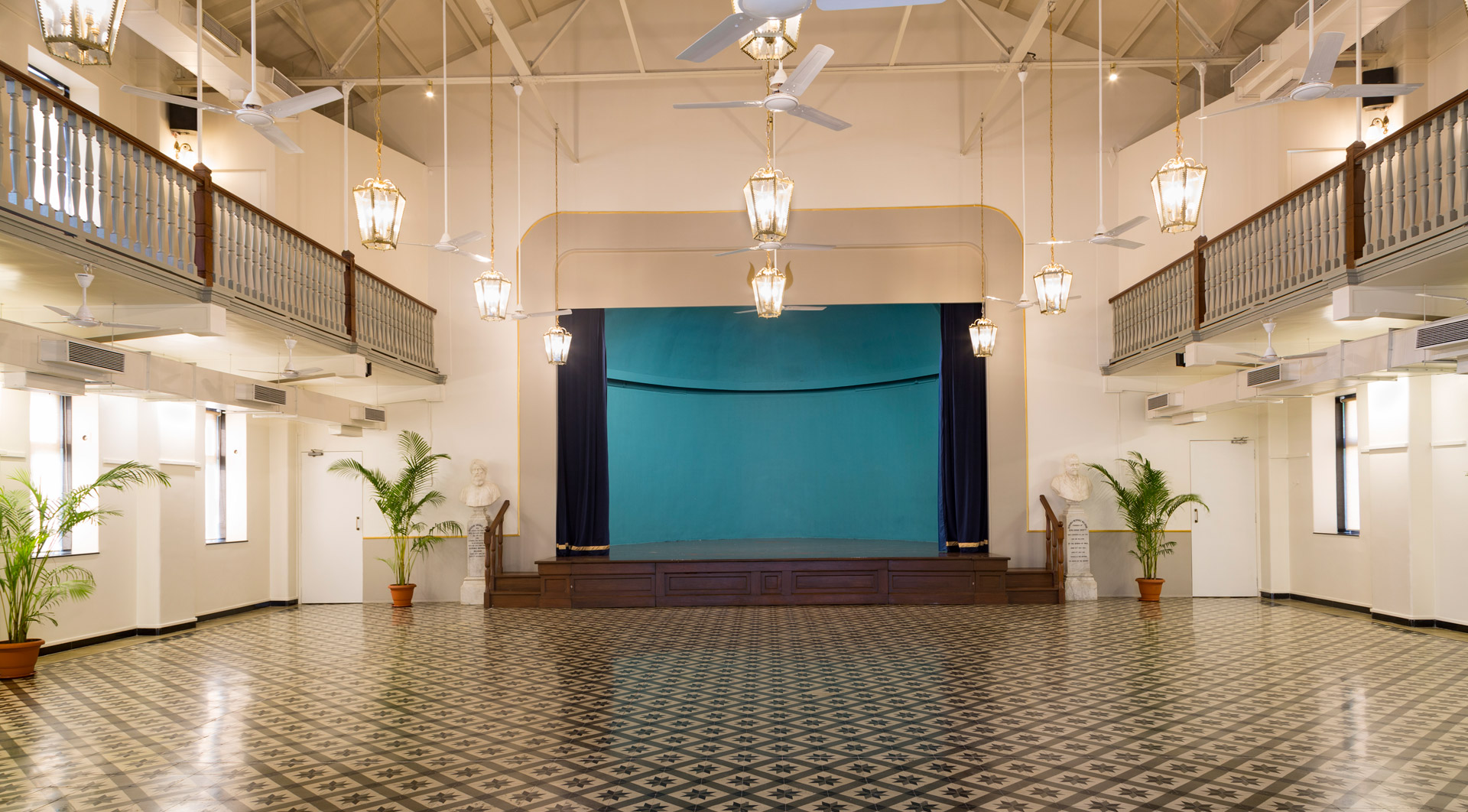 MumbaiThe Malabari Hall at the Seva Sadan Society
MumbaiThe Malabari Hall at the Seva Sadan Society
Restoring Heritage: The Revitalization of Malabari Hall at Seva Sadan Society
Seva Sadan Society, founded in 1908, holds great historical value, especially in the context of providing social upliftment and education for underprivileged women. The Malabari Hall has proved to be an abode for keeping this legacy alive while maintaining the sanctity of the ideologies of the founders.
An attempt was made to generate a dialogue within the city, in which architecture and design becomes the voice of the citizens. This approach is evident in the restoration process of the Malabari Hall.
CLIENT
Seva Sadan Society
BUILT-UP AREA
870 sq.ft.
LOCATION
Mumbai, Maharashtra
SITE AREA
NA
YEAR OF COMPLETION
2019
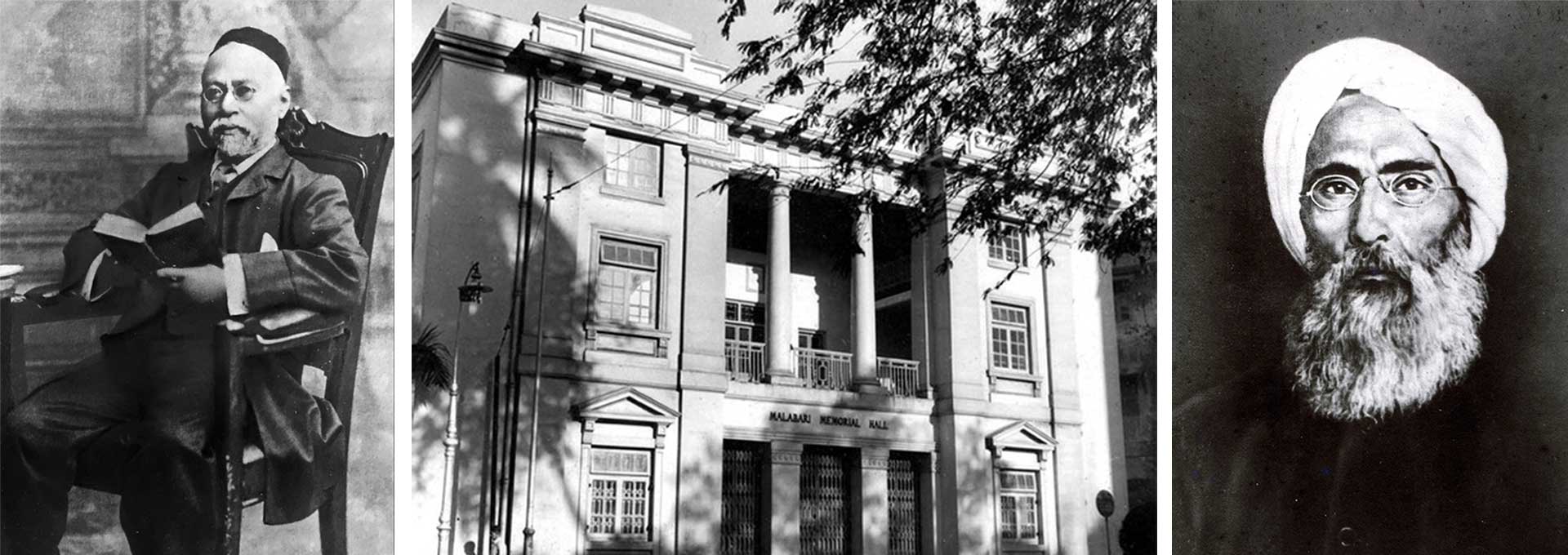
In 1908, two social reformers, Behramji Malabari and Diwan Gidumal turned to Ramabai Ranade, who was one of the pioneers of the women’s movement in India. Together, they eventually started the Seva Sadan Society. It began as a refuge where impoverished and oppressed women of all communities could find protection, care, and a home where they could live a life of peace, respect, and dignity.
The Gamdevi precinct was the centre of the freedom struggle in India. Mahatma Gandhi resided in a dwelling named ‘Mani Bhavan’ from 1917 to 1934 which was the headquarters of the freedom struggle.
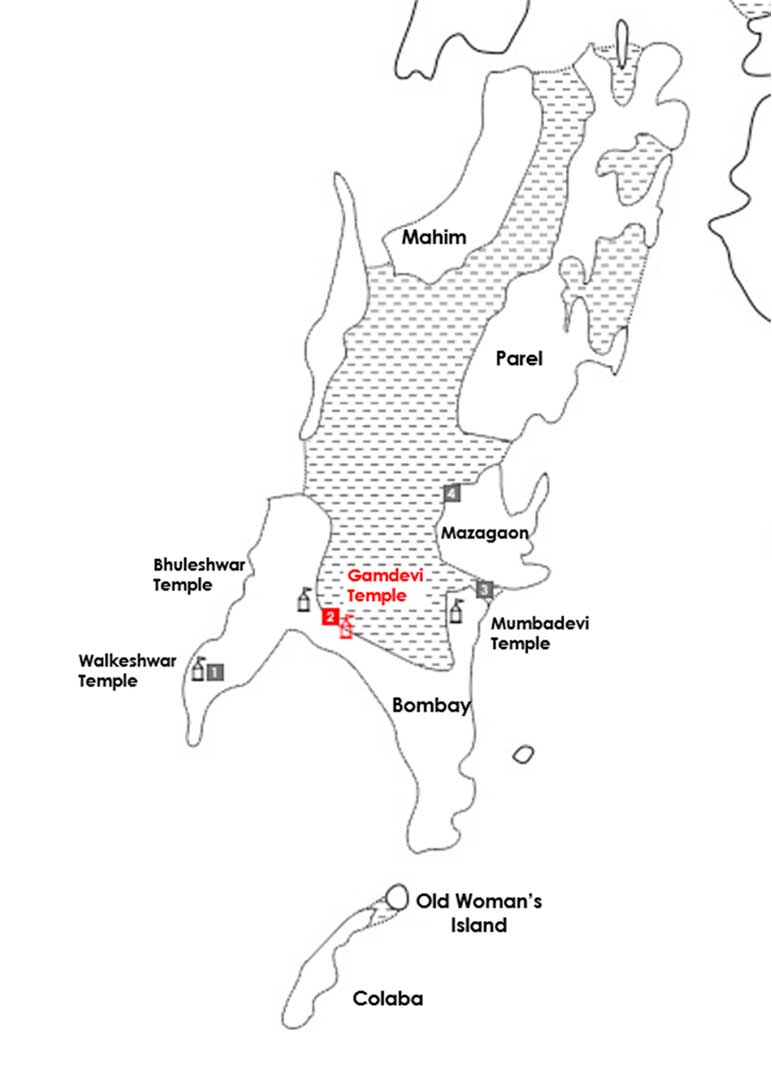
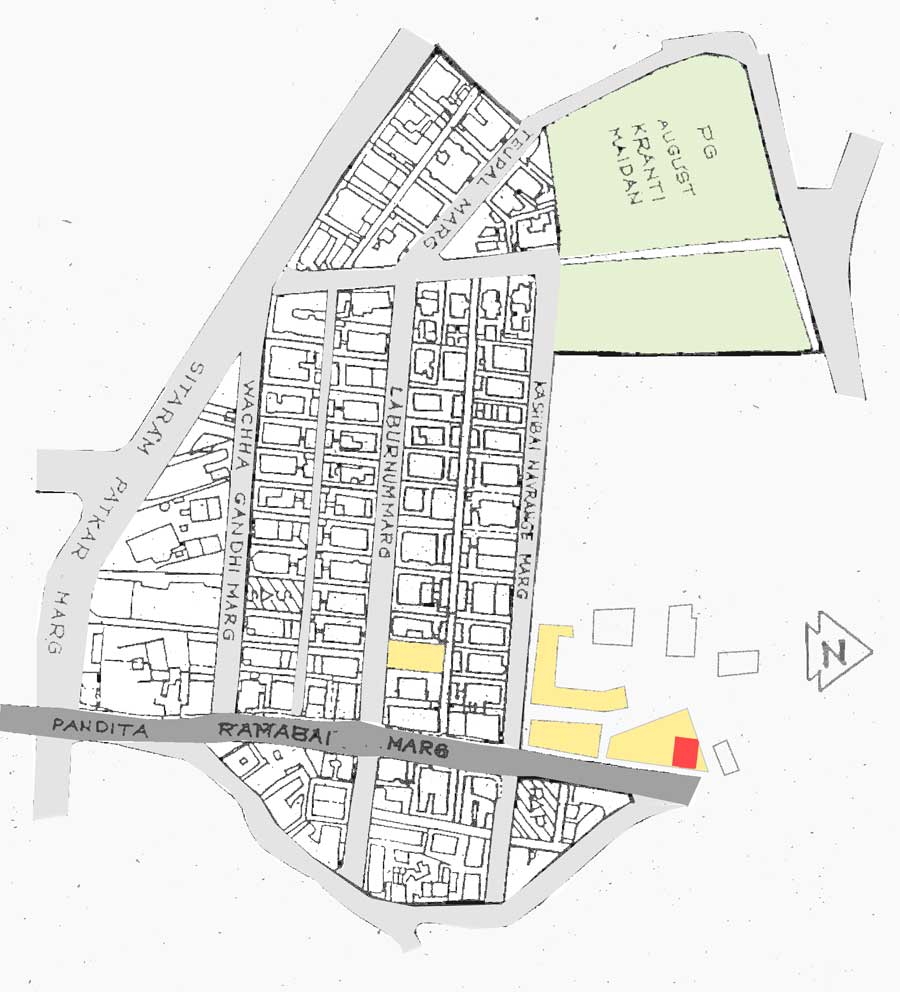
Its location in the historic area of Gamdevi in South Mumbai added to its importance. The area has emerged from an organically grown neighbourhood to a precinct that sparked off a revolution of idealistic and reformative movements.
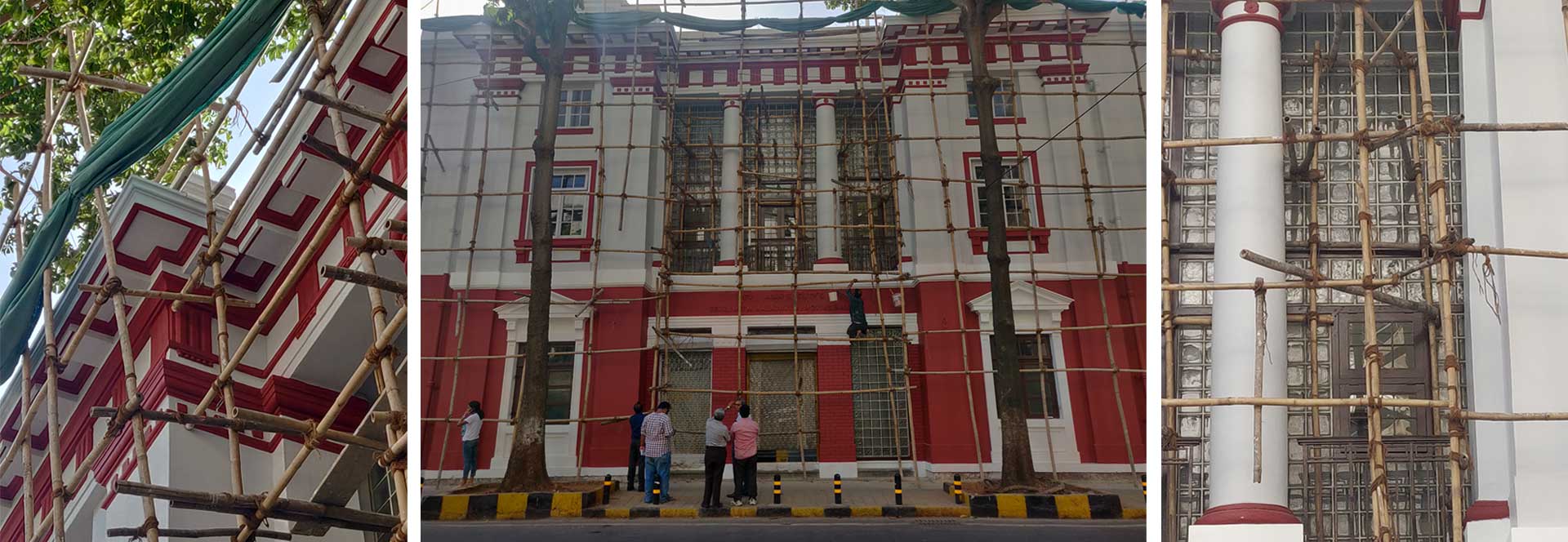
To retain the spirit of the Seva Sadan Society project during the conservation process, local artisans and skilled craftsmen were employed to use traditional techniques of construction. Local materials having simple application techniques were sourced from nearby areas, ensuring the project could tangibly be in harmony with the surrounding locale and communities.
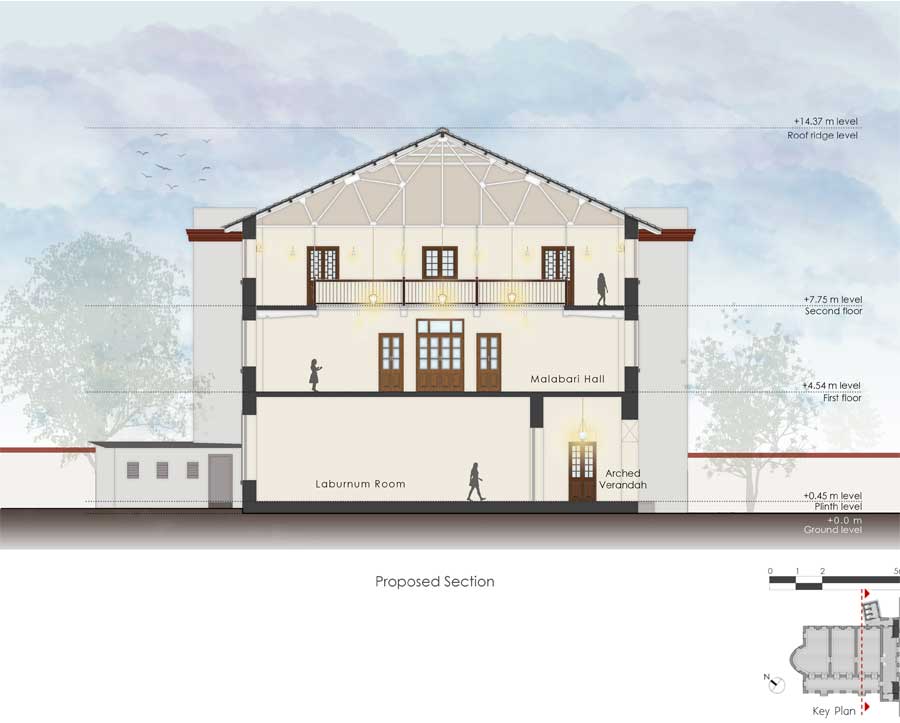
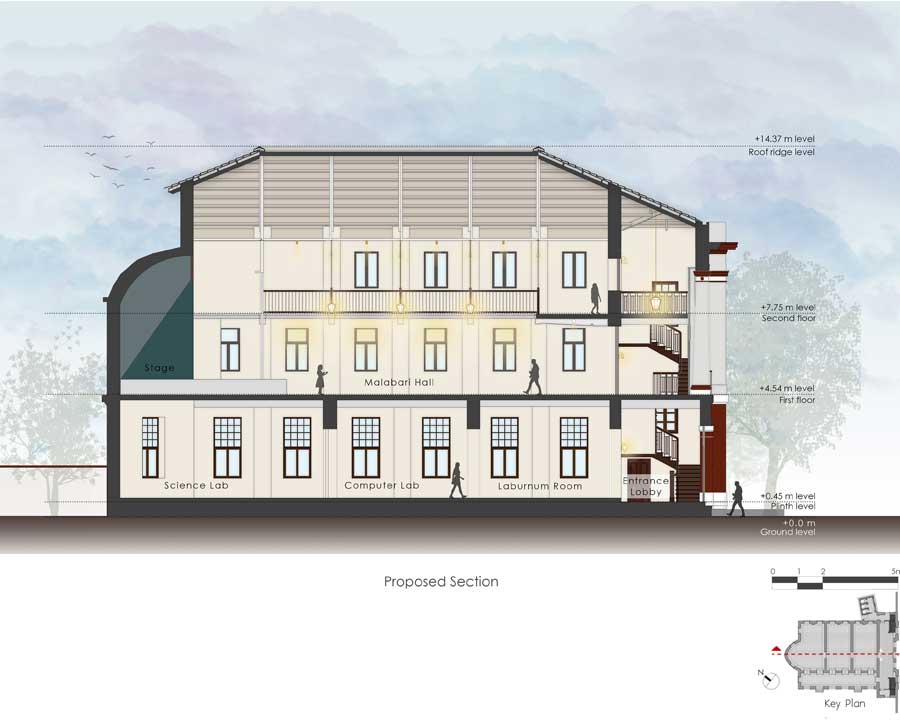
The design aesthetics of the building have been shaped by the restoration process rather than demolition with a conscious effort to preserve the inherent character of the building while respecting the socio-economic demographics of the users.
The primary spaces of the building are:
1. Administrative building
2. Home building
3. The Malabari Hall building
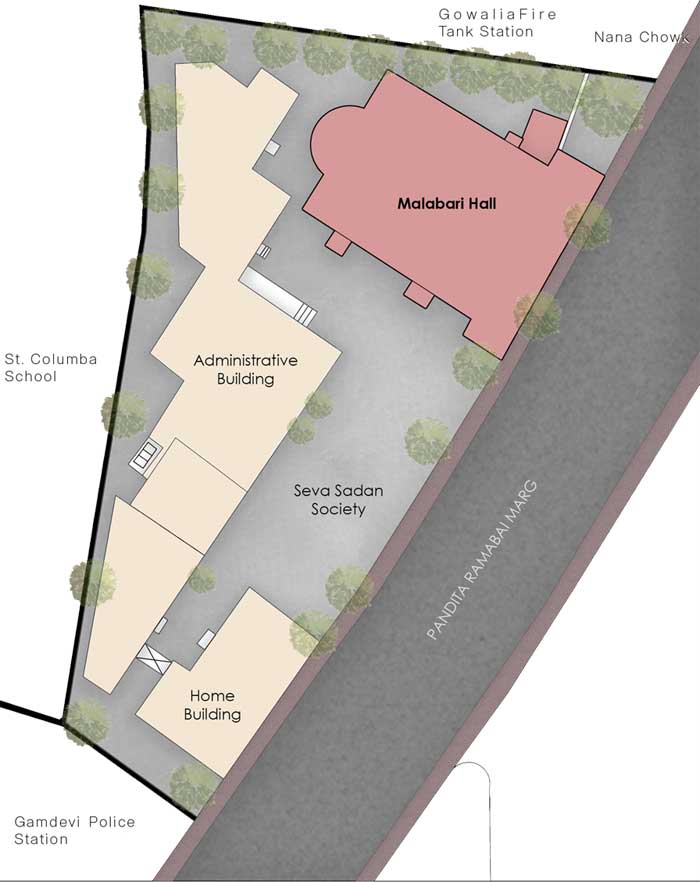
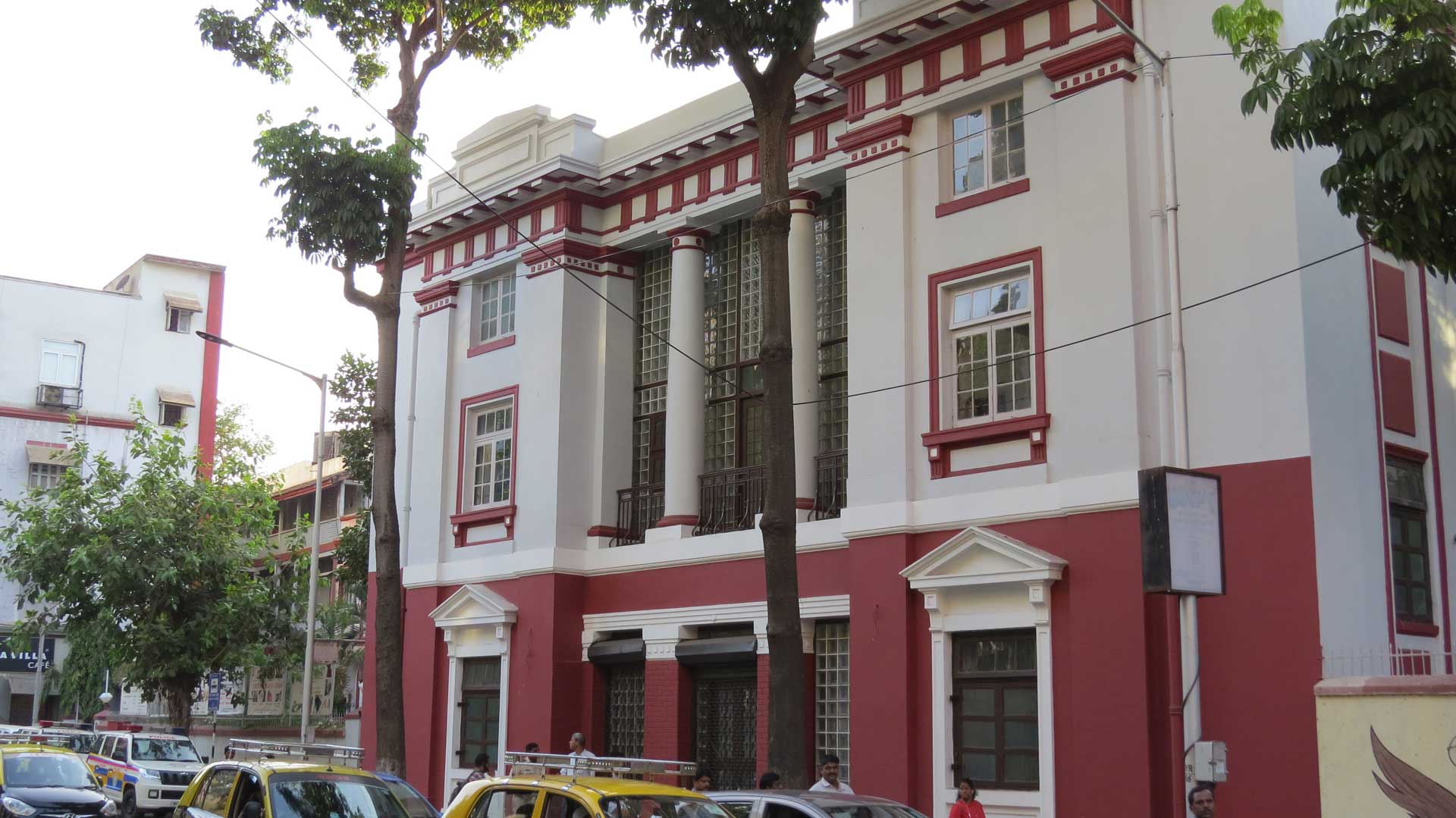
One of the goals of the team was to restore the building’s prominence on the streetscape of the densely clustered neighbourhood. Many authentic elements and materials were restored and reused. The finalized paint matched the original condition, waterproofing was integrated, and the cracks were grouted. Such sensitive interventions were crucial in facilitating the structure to endure modern-day wear and tear. The ethos of the building has been shaped by the restoration process rather than demolition with a conscious effort to preserve the inherent character of the building.
The Malabari Hall comprises one of the main buildings in the Seva Sadan campus, which is located on the first floor and is accessed by staircases on either side of the entrance lobby. The Hall is generally rented out for hosting cultural occasions, social gatherings as well as running dance and vocational classes.
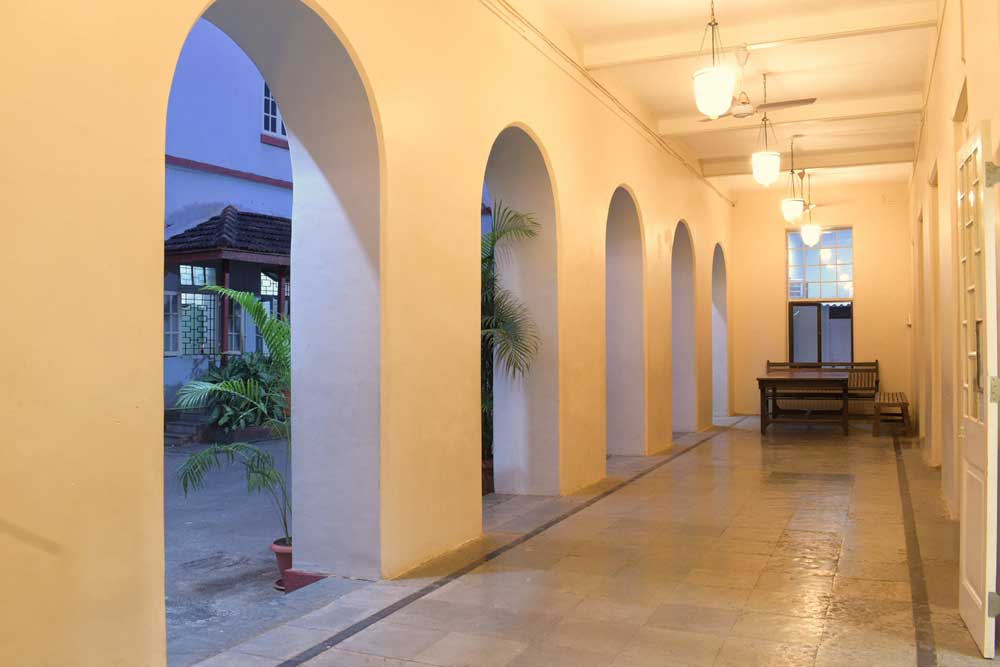
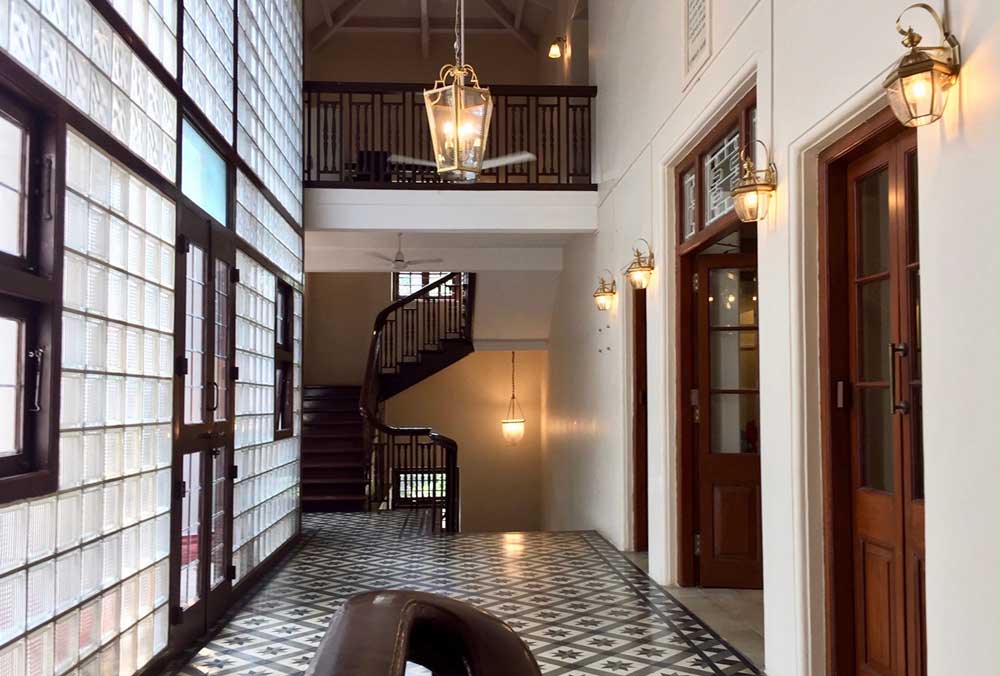
The Seva Sadan Society takes pride in nurturing the talent and capabilities of the girl child. It works towards upliftment of the girl child by providing education, shelter, various activities for skill development. The built fabric of the Society had to be conserved not only for its comprehensible and obvious tangible value, but also for its extant, sensitive intangible value.
The Malabari Hall Building is a small-scale representation of a 20th Century building in Mumbai which thrives in its own ecosystem. The significance of building conservation needs to be brought to the forefront in a country like India where there is an abundance of rich inbuilt heritage, yet a visible negligence towards it due to various factors. The conservation efforts for this building have raised awareness and made a statement at the local level and within the community of heritage conservationists in the city.
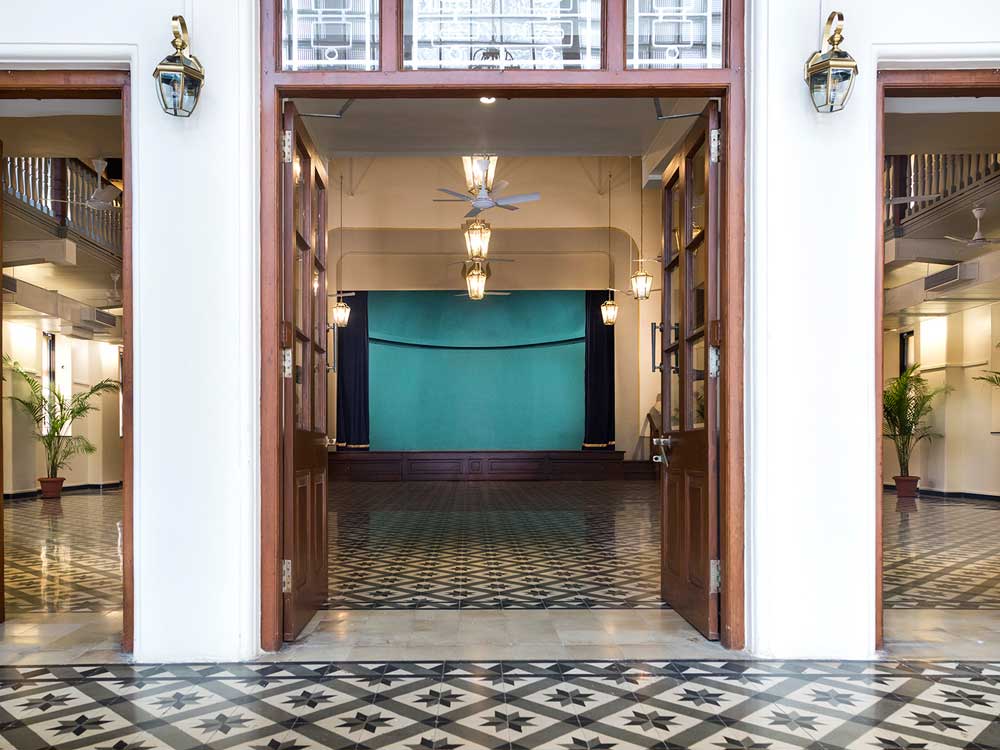
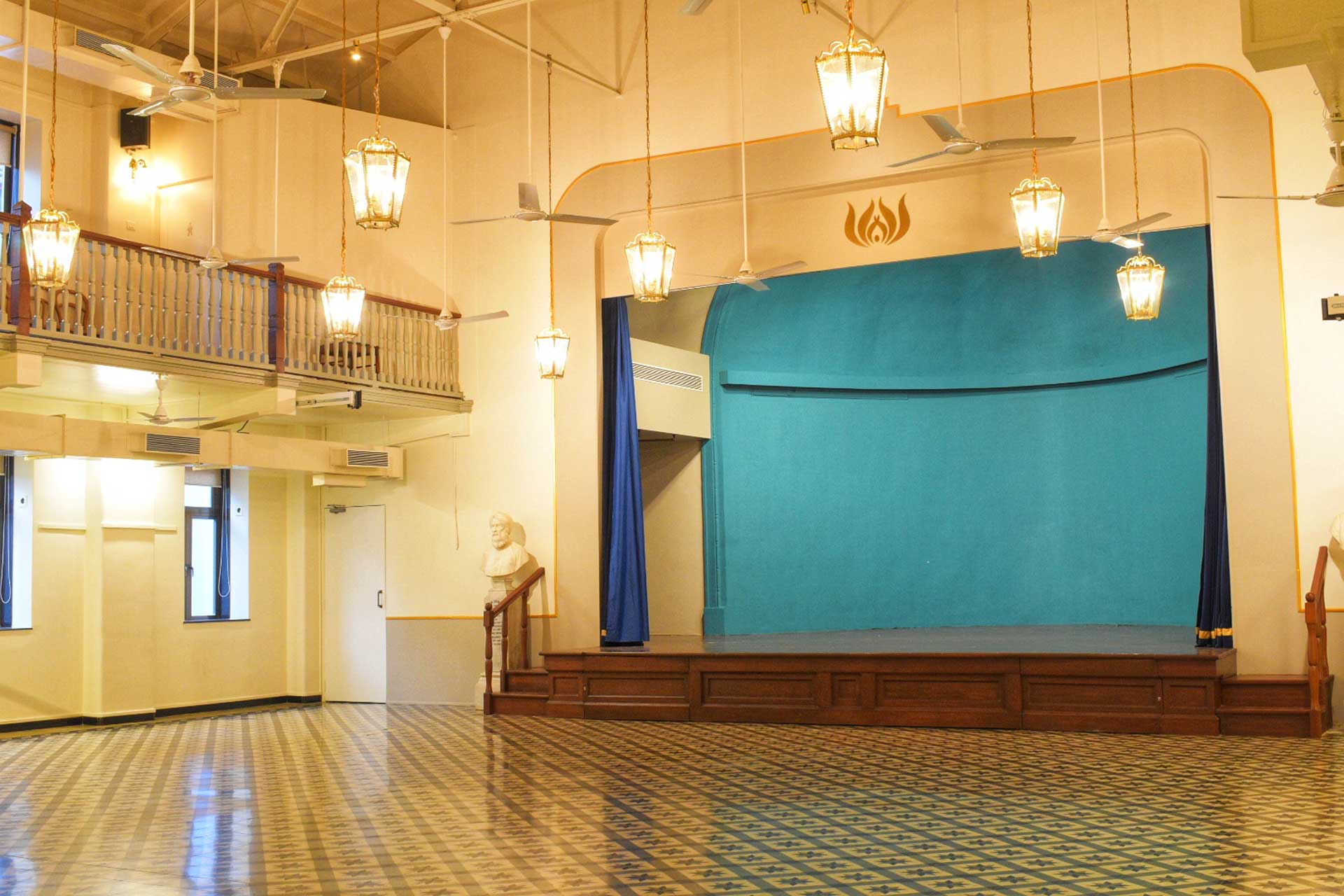
"In my architectural practice – which is diverse in every way, be it contextual, geographical or cultural – I have always believed that we have to have a deep engagement with society."
- Brinda Somaya

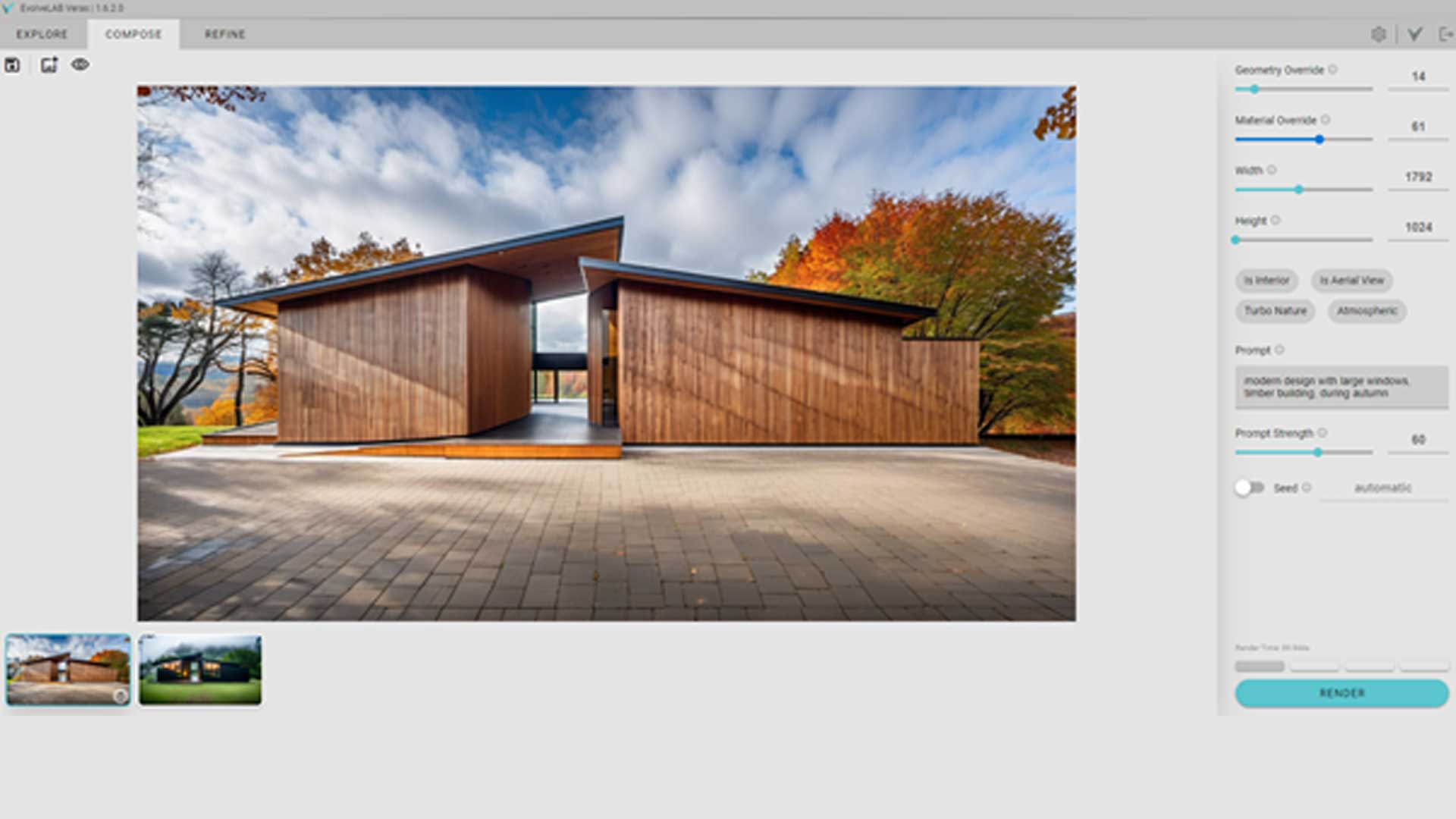
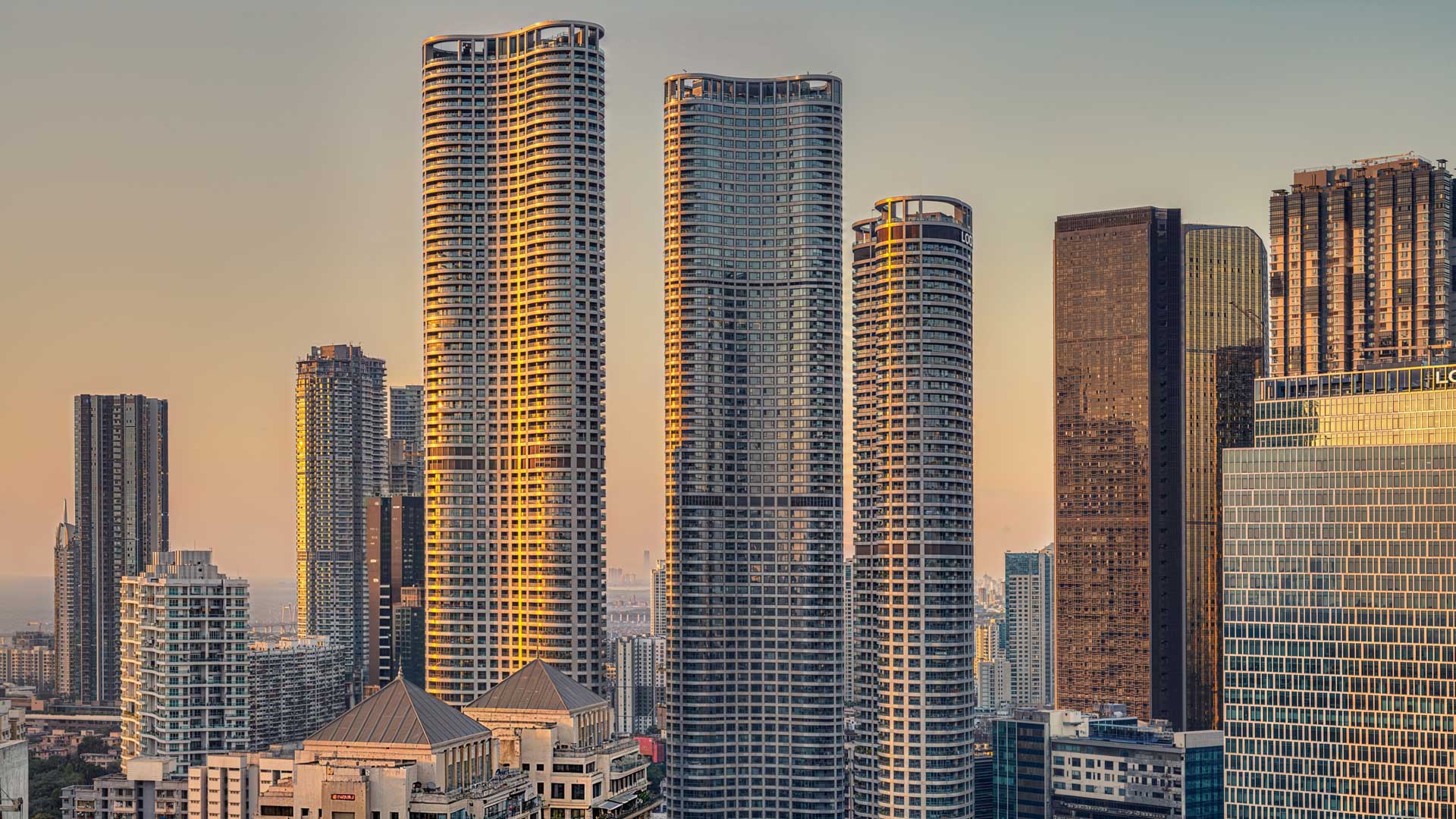
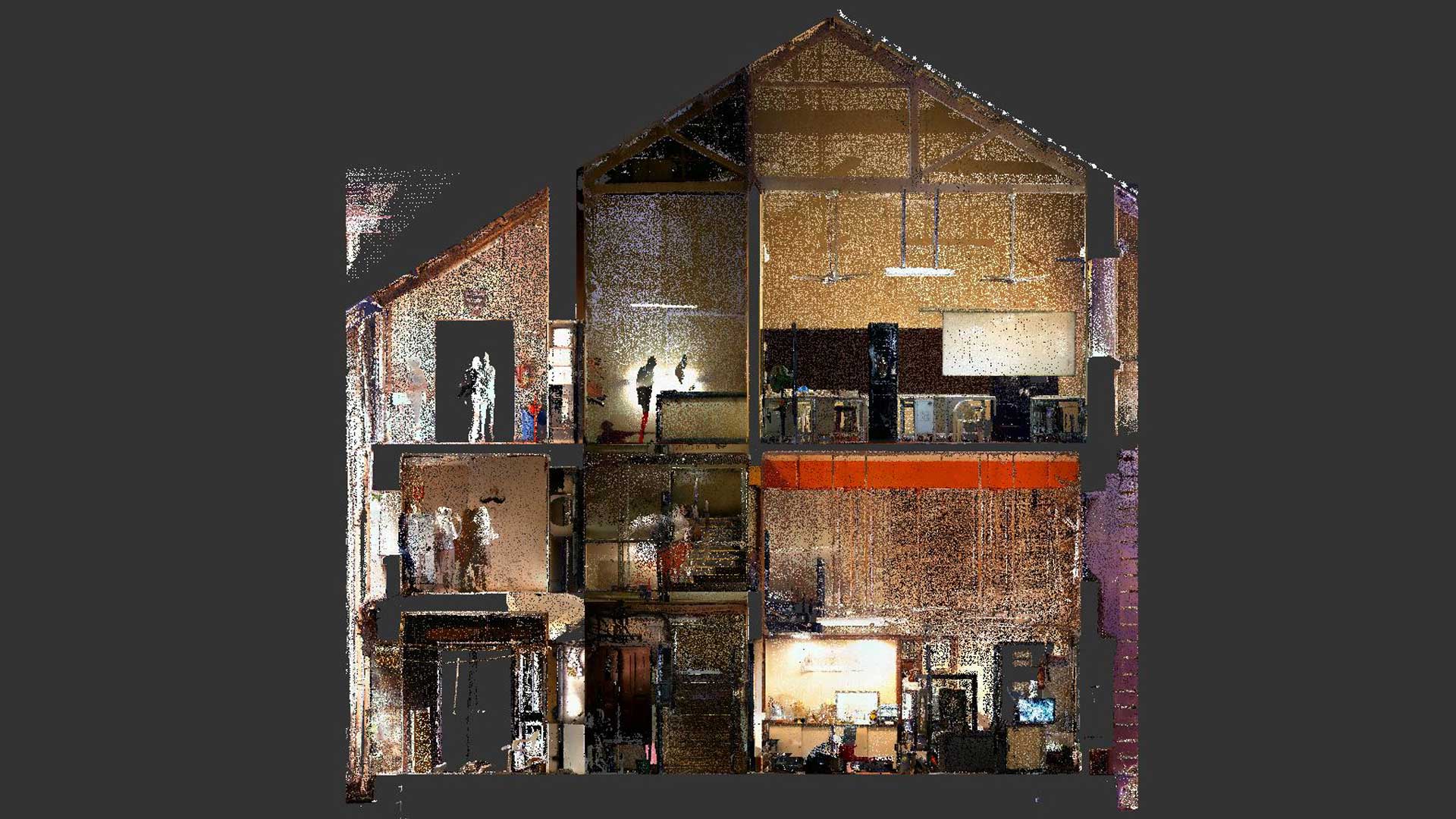
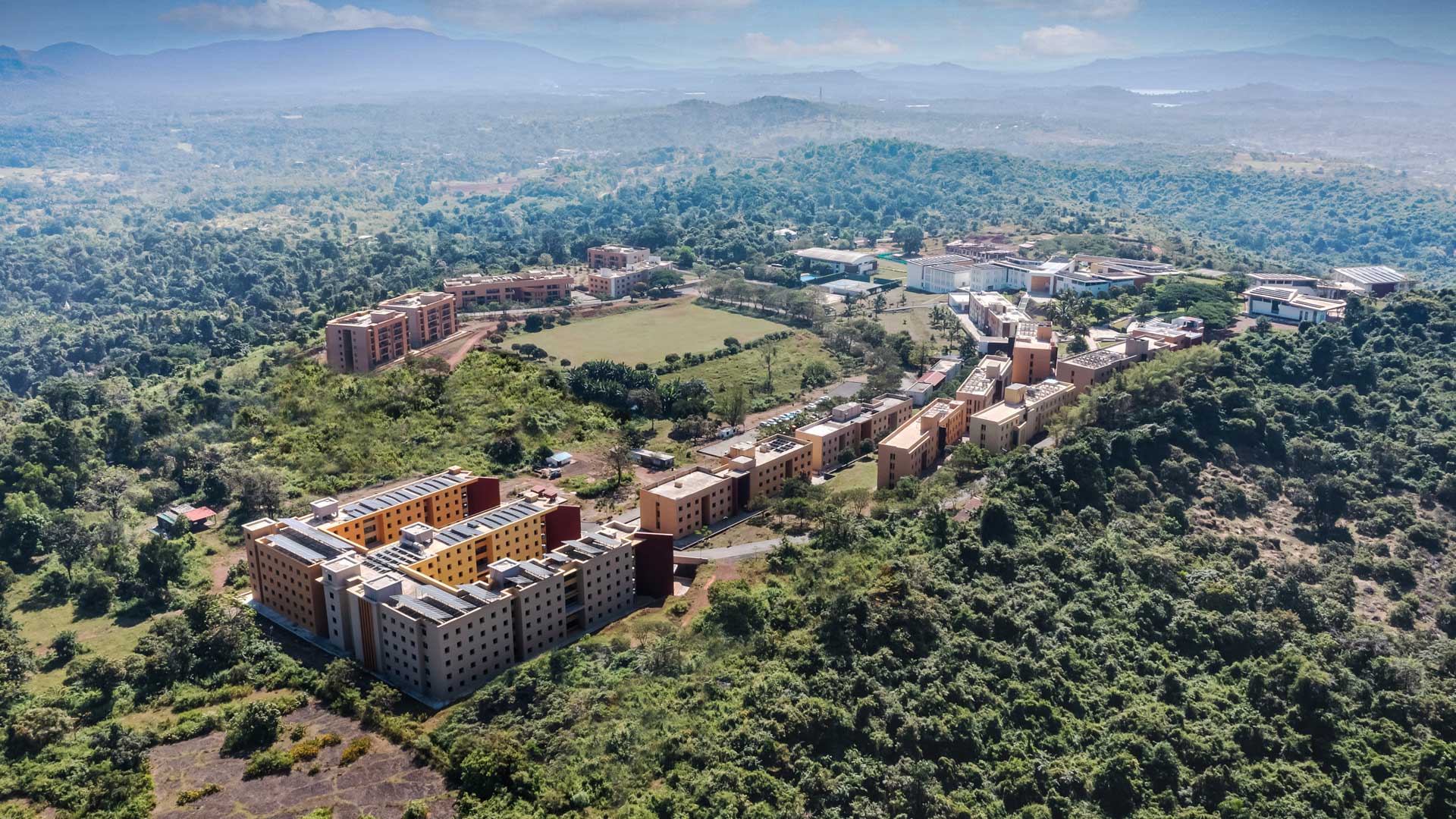
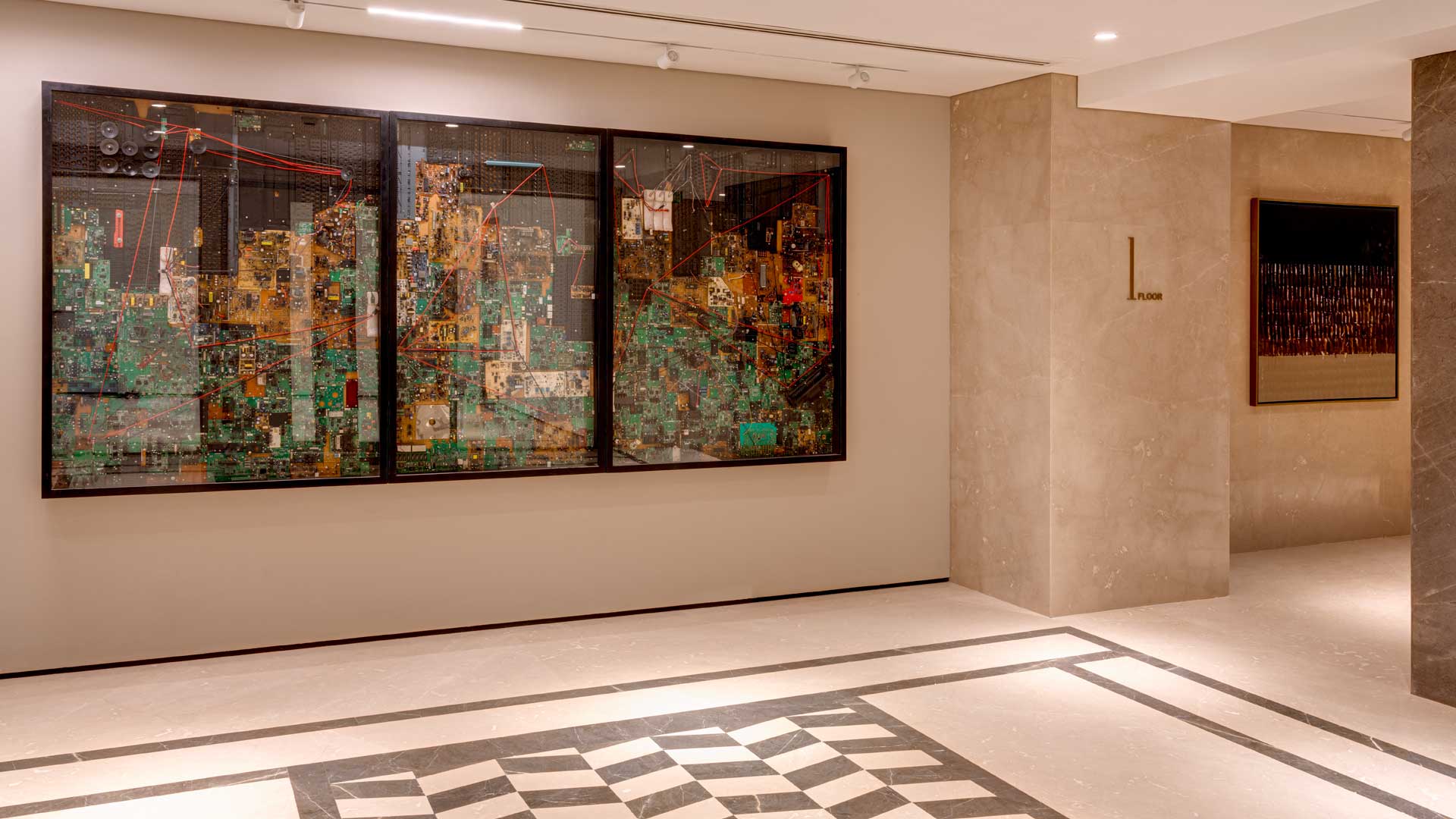
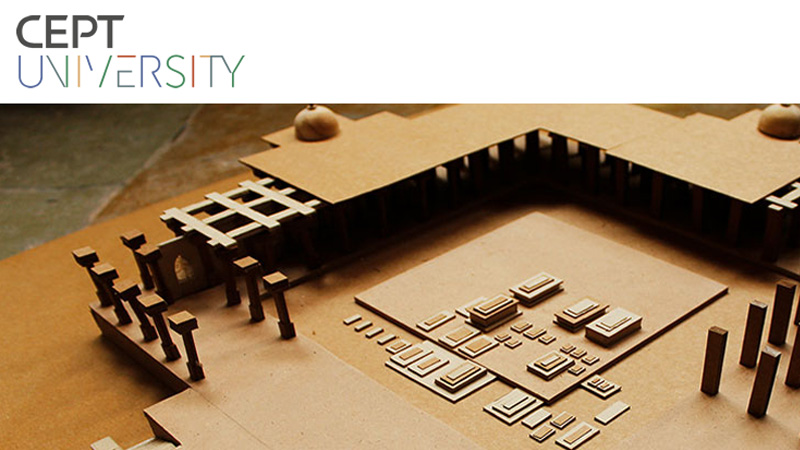
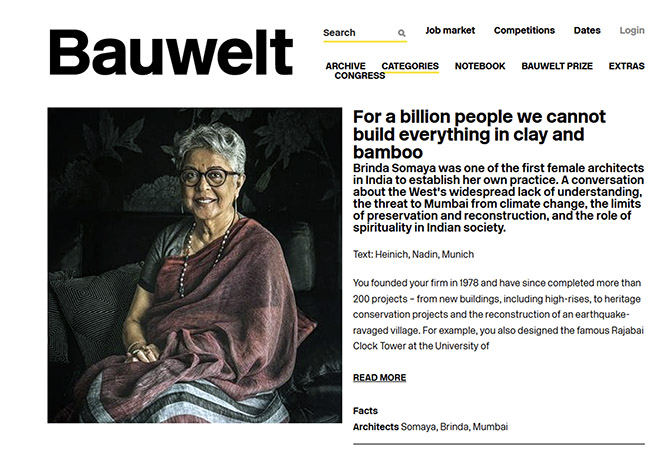
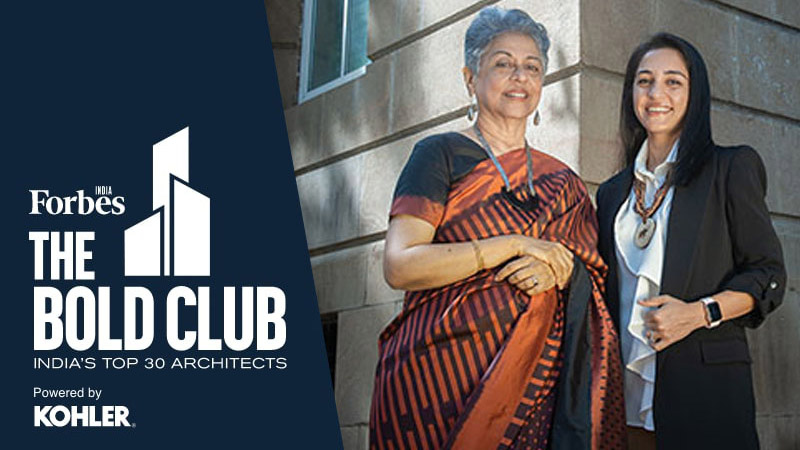

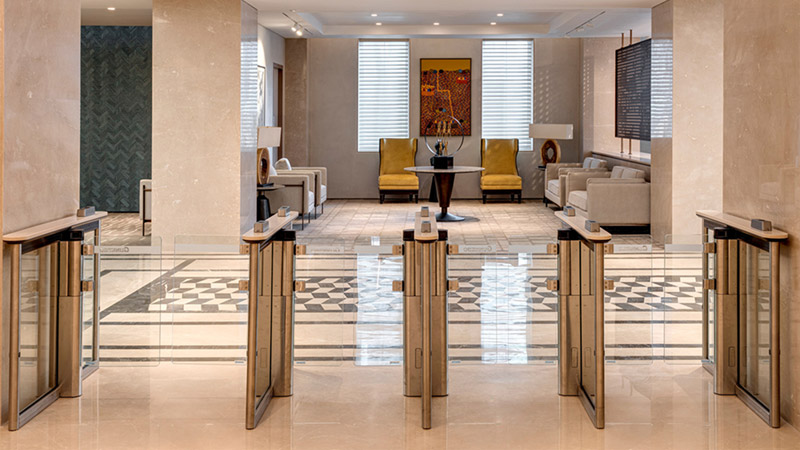
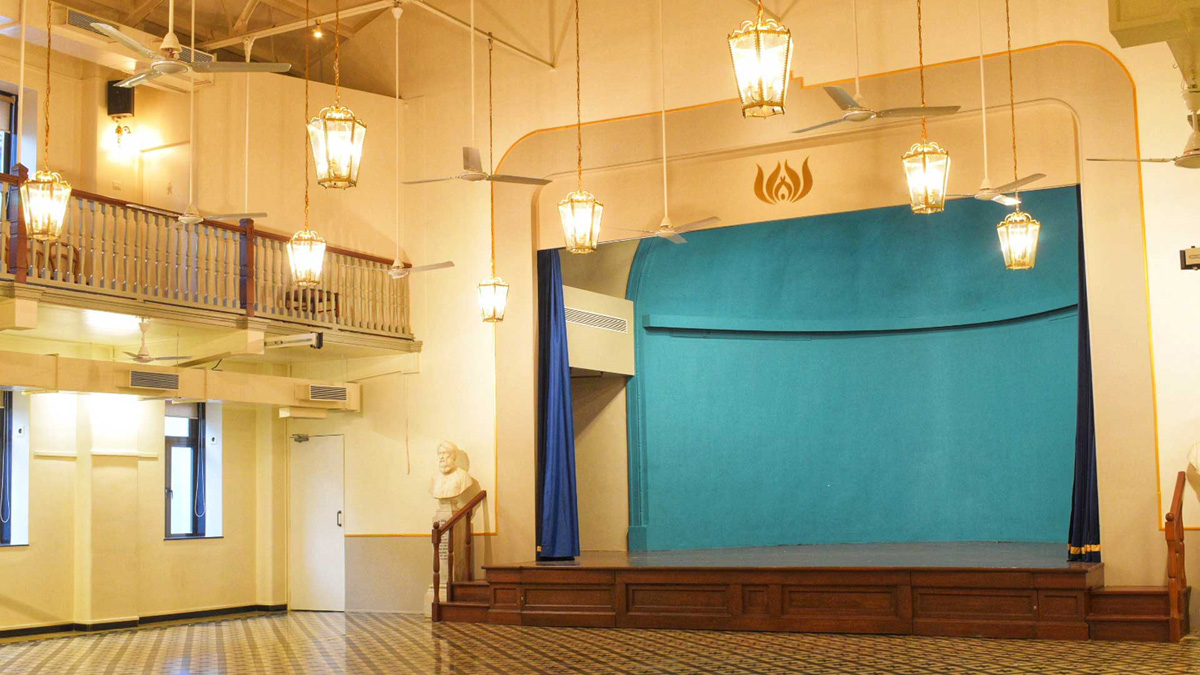
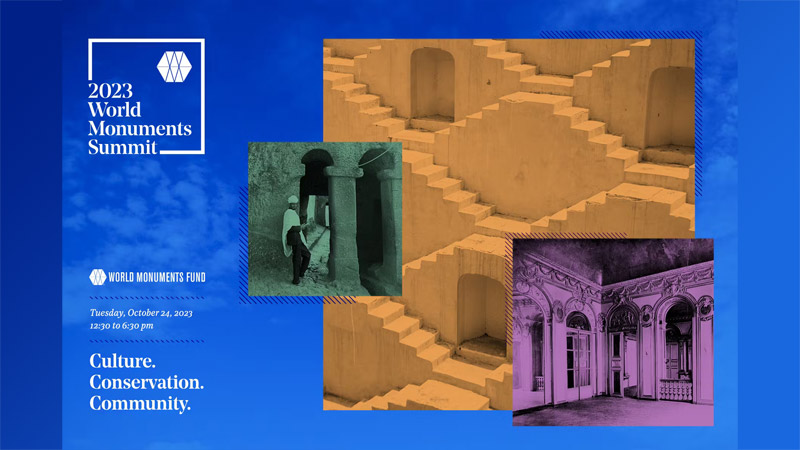
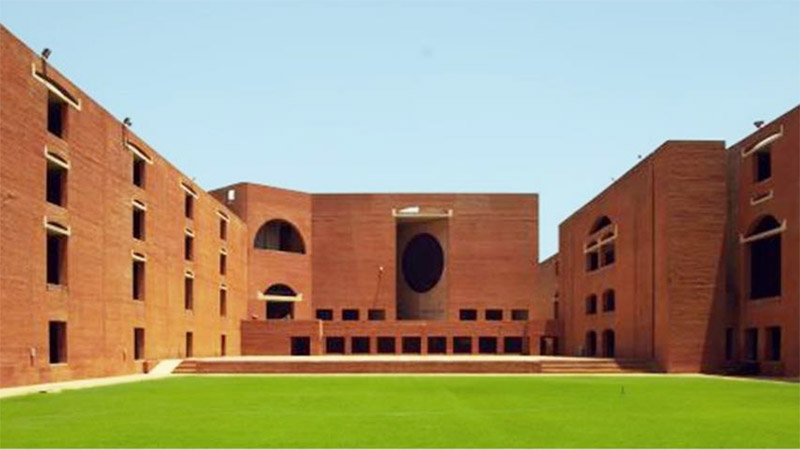
.jpg)
